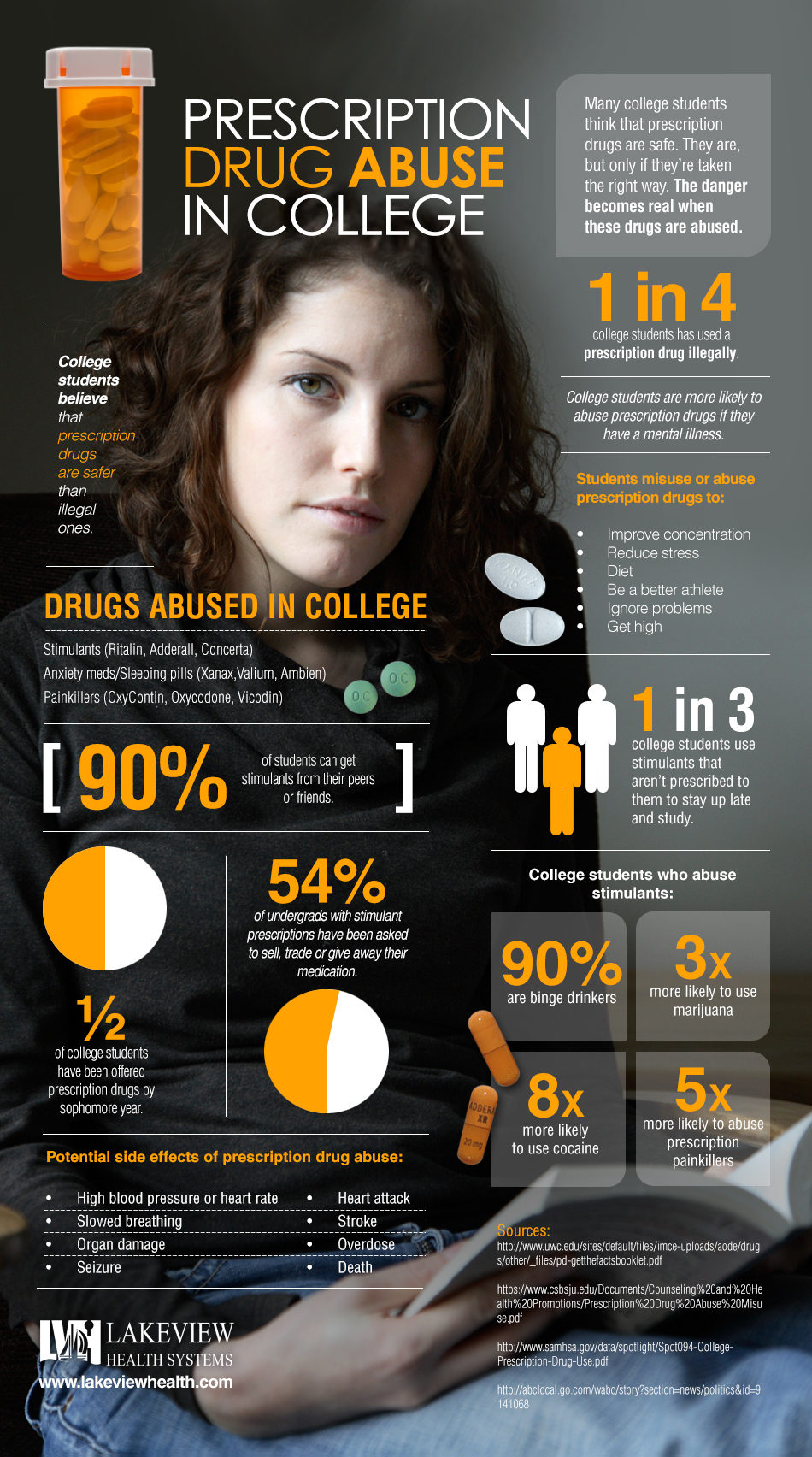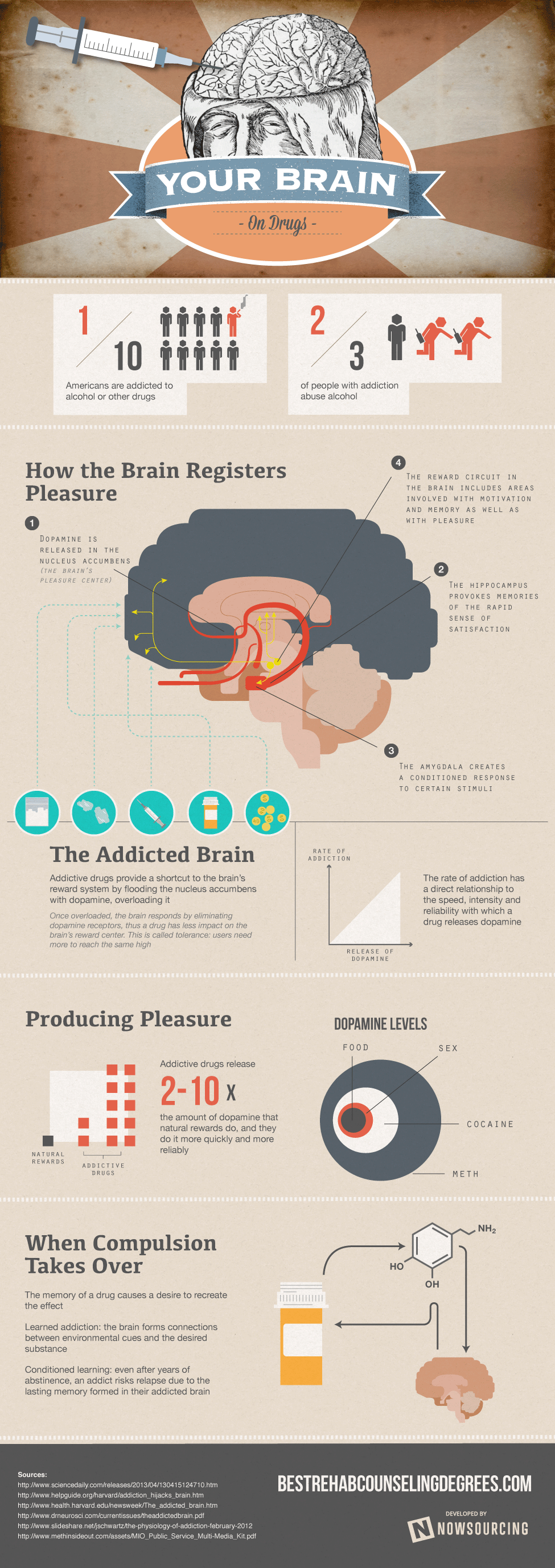Tag: addiction
-

Your Shoulder To Lean On: Being a Recovery Ally
Addiction recovery is a community effort. It takes all kinds of people, working together, to beat addiction. For our loved ones who are suffering from substance abuse, but who want to get help, we can lift them up by being good recovery allies. It can be overwhelming to try and think of the best way…
-

It Works If You Work Out: Exercise for Addiction Recovery
This infographic provides proof and incentive for recovering addicts (as well as non-addicts) to add fitness into their lifestyle. Since Recovery Month (September) is all about banishing stigma, promoting positive lifestyles, and raising awareness, it’s an ideal visual to share.
-

Pica: Addicted to non-food items
Pica, a little known eating disorder, is an addiction to eating non-nutritional items like rocks, nails and ice chips. While you may have never heard of it, pica is gaining numbers when it comes to hospitalizations over the past decade.
-

Substance Abuse in the Armed Forces
Members of our armed forces, particularly those who have been deployed in warzones, deal with many issues beyond the battlefield. Many suffer from severe post-traumatic stress syndrome (PTSD) brought on by combat experiences. For others, merely reintegrating into society at home can be stressful and challenging. While drug use is strongly discouraged in the armed…
-

High Life: Illegal Drugs and Conformity
A staggering 73 percent of teenagers polled admitted that school stress was a primary factor in their decision to use drugs, yet a mere seven percent of parents thought their kids might turn to drugs as a stress coping mechanism. Stress related to peer pressure might also cause a young person to engage in conformity…
-

College Prescription Drug Abuse Trends 2013
College students have to balance classes, projects, tests, clubs and social life. It’s a lot to handle! But what if there was a pill that could help you ace your classes? Seems too good to be true and it is. Learn more about the dangers in our infographic: Prescription Drug Abuse in College.
-

The Science of Habit: Popular Habits vs. Popular Addictions
Did you know that we spend half the day in zombielike automation, repeating routines we set up days, months, or even years ago? Habits are difficult to avoid forming – routine is just human nature at work! However, some habits aren’t so good. Over time these bad habits turn into full-force addictions, bad for our…
-

Addiction and the Workplace
Ever wondered how many people in your office could be suffering from an addiction – whether that is alcohol, drugs or sex? Addictions don’t just stay in your personal life – they stay with you even when you are working – take a look at statistics.
-

Your Brain on Drugs
Check out this infographic, brought to you by bestrehabcounselingdegrees.com, to learn about why the human brain is so easily addicted and what it is that makes us unable to quit.
